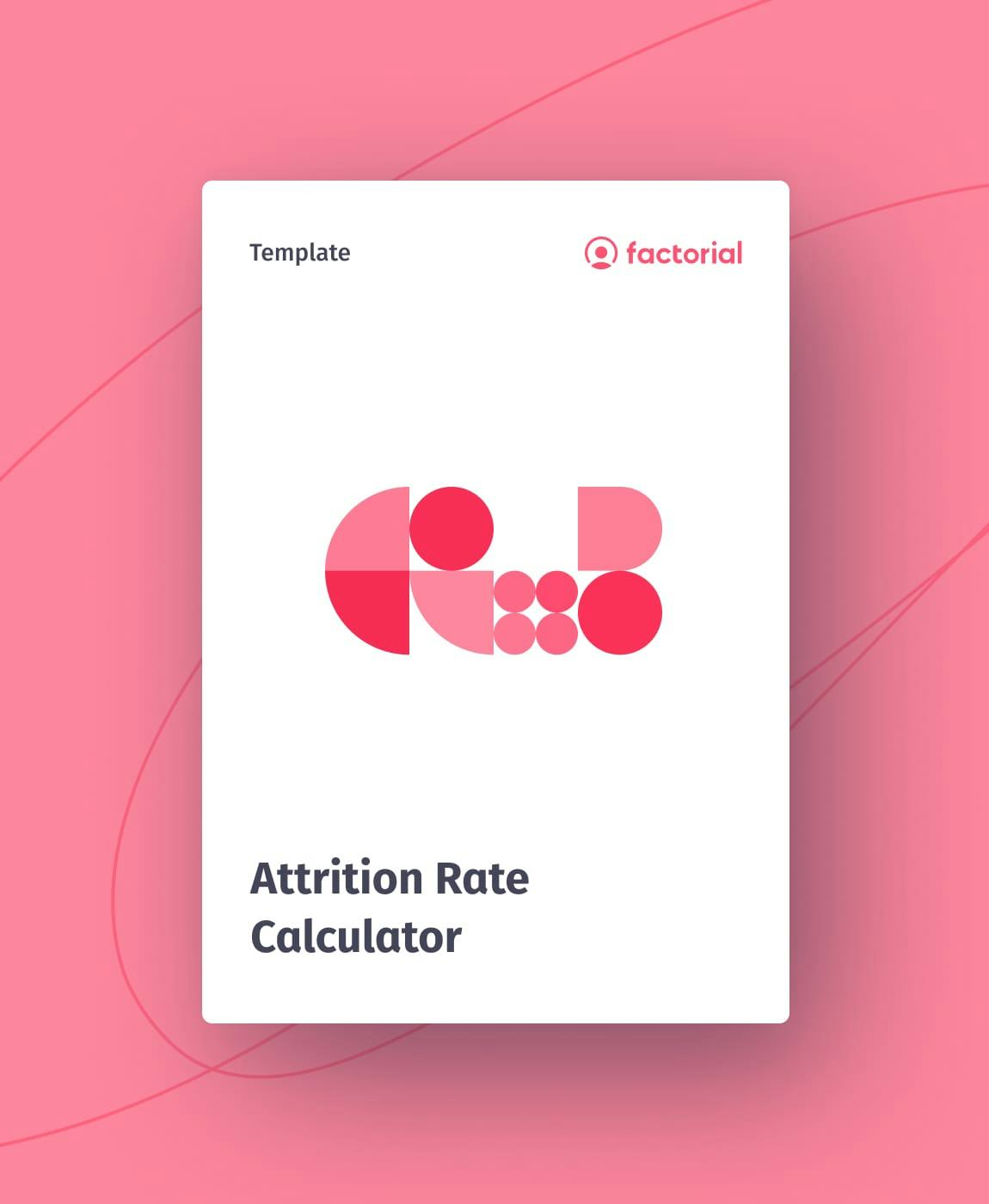Attrition Rate Calculator
How can your company be prepared for employees who are planning to resign or retire?
Attrition can be costly and generate a loss in productivity, particularly when the departing employee is one of the very few employees who are familiar with the ins and outs of that job position. In addition to lower productivity levels, you can risk losing key institutional knowledge, too.
High staff turnover can have a considerably negative impact on the performance of your company, so it's important to understand it and how it changes over time. To do so, you must make an accurate attrition rate calculation using the attrition rate calculation formula.
Luckily, our calculator can do all the hard work for you! It includes the attrition rate calculation formula to help you understand how to calculate attrition rate. Simply fill in the form and we’ll send it straight to your inbox.

What is attrition rate?
The attrition rate, often expressed as a percentage, represents the rate at which employees leave an organisation over a specific period, typically a year. It includes resignations, retirements, and other forms of workforce reduction. A higher attrition rate may indicate challenges in retention, affecting organisational stability and productivity.
What are the different types of attrition rates?
Common types of attrition rates include:
- Voluntary attrition (employees leaving by choice)
- Involuntary attrition (termination or layoffs initiated by the employer)
- Total attrition (the overall rate combining both voluntary and involuntary departures).
Why is attrition rate important and why does it matter?
Attrition rate is crucial as it gauges workforce stability, impacting productivity and organisational health. High attrition may signal issues in retention strategies or work environment, influencing recruitment and training investments.
What is the difference between attrition vs retention?
Attrition measures departures, while retention focuses on keeping employees. Managing both is vital for a stable workforce, as attrition rates affect recruitment costs, productivity, and organisational continuity.
What is the difference between attrition vs turnover?
Attrition is a broader term encompassing all employee departures, while turnover specifically refers to voluntary resignations. Turnover usually reflects employees leaving by choice, providing insights into job satisfaction and organisational culture.
How do you calculate attrition rate?
The attrition rate of a company is typically calculated using the following attrition rate calculation formula:
Attrition Rate = (Number of Employees Left / Average Number of Employees) × 100
To calculate, count the number of employees who left during a specific period, divide that by the average number of employees during the same period, and then multiply by 100 to express the result as a percentage.
What does it mean a high attrition rate?
A high attrition rate suggests significant employee departures, impacting organisational stability and potentially indicating issues like poor job satisfaction, inadequate compensation, or insufficient career development opportunities.
What causes high attrition rates and how can you reduce it?
High attrition may result from factors like poor management, inadequate compensation, or lack of career growth. Strategies to reduce it include improving work conditions, offering competitive benefits, and implementing effective employee engagement and development programmes.